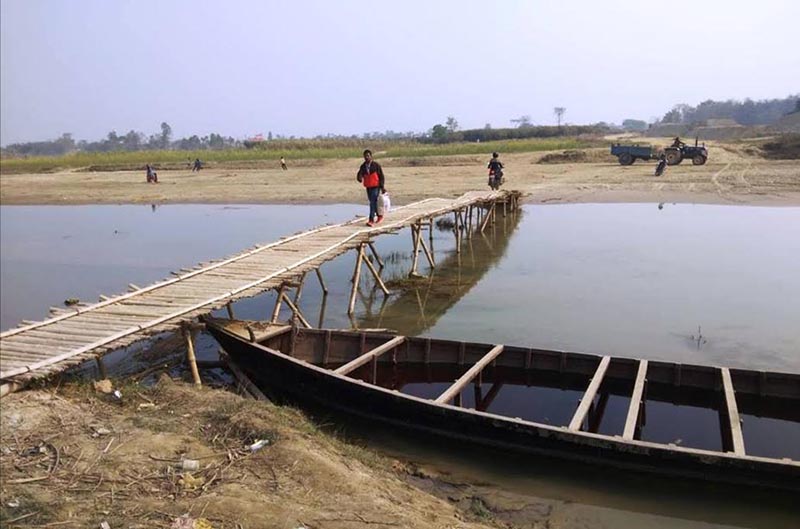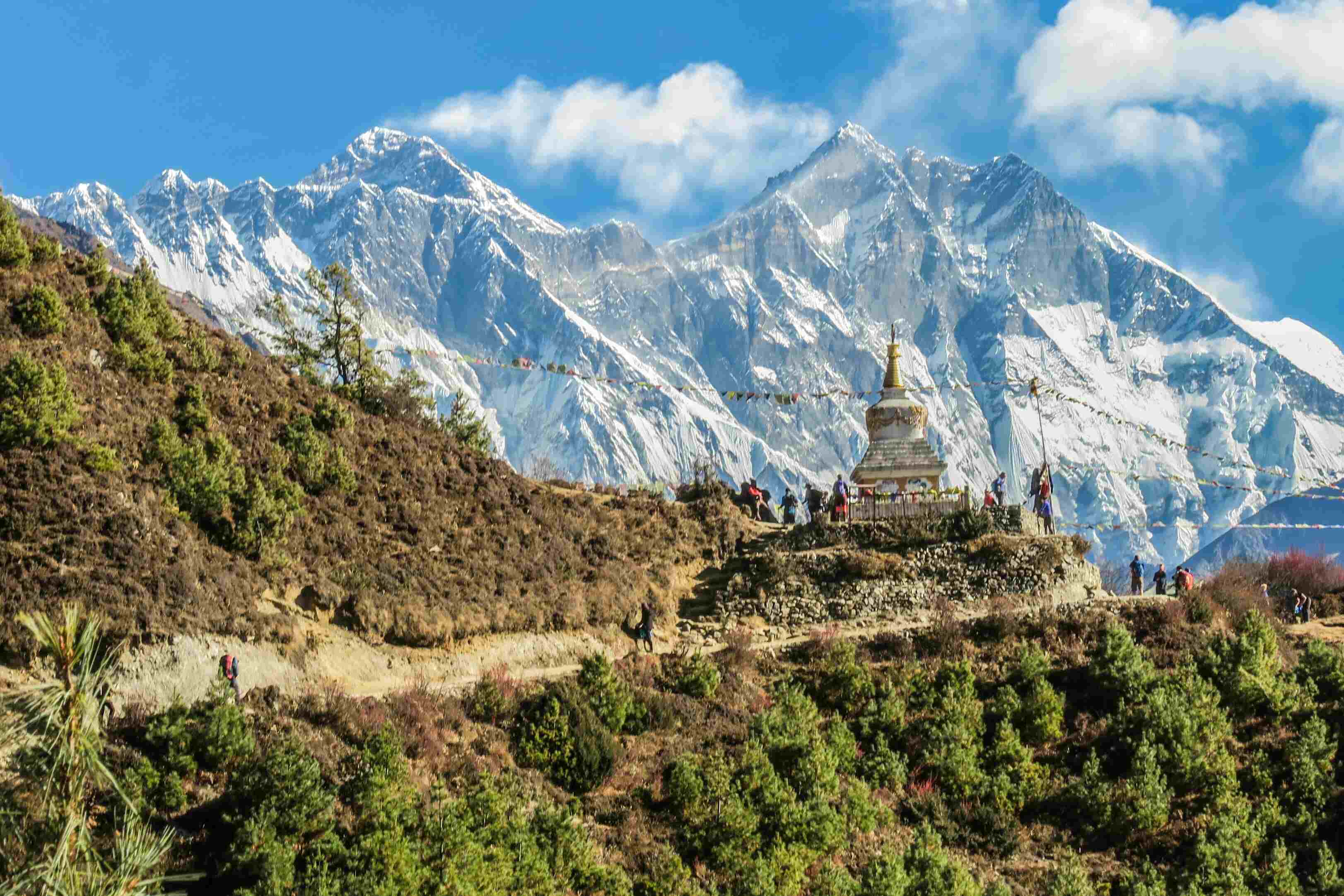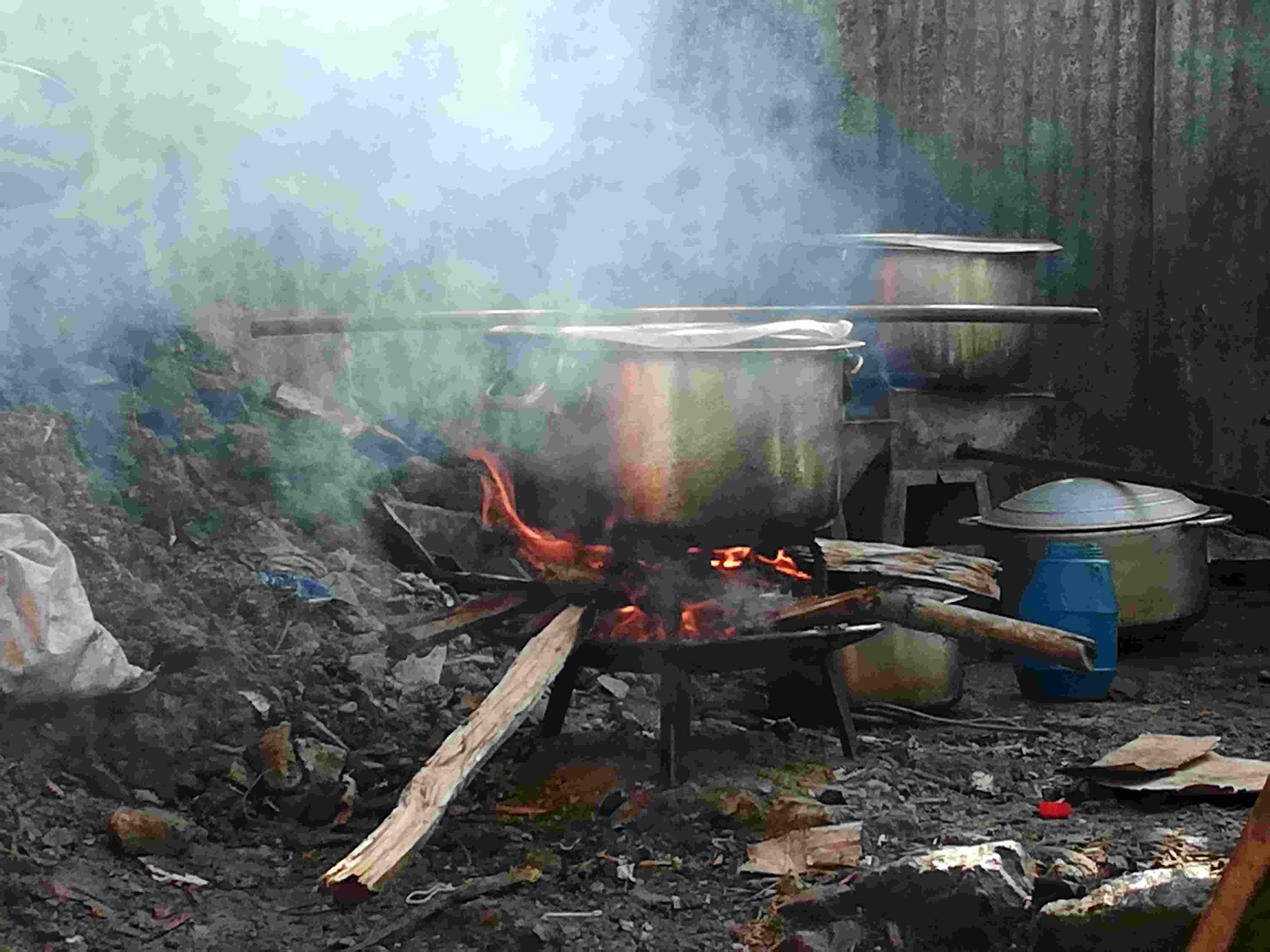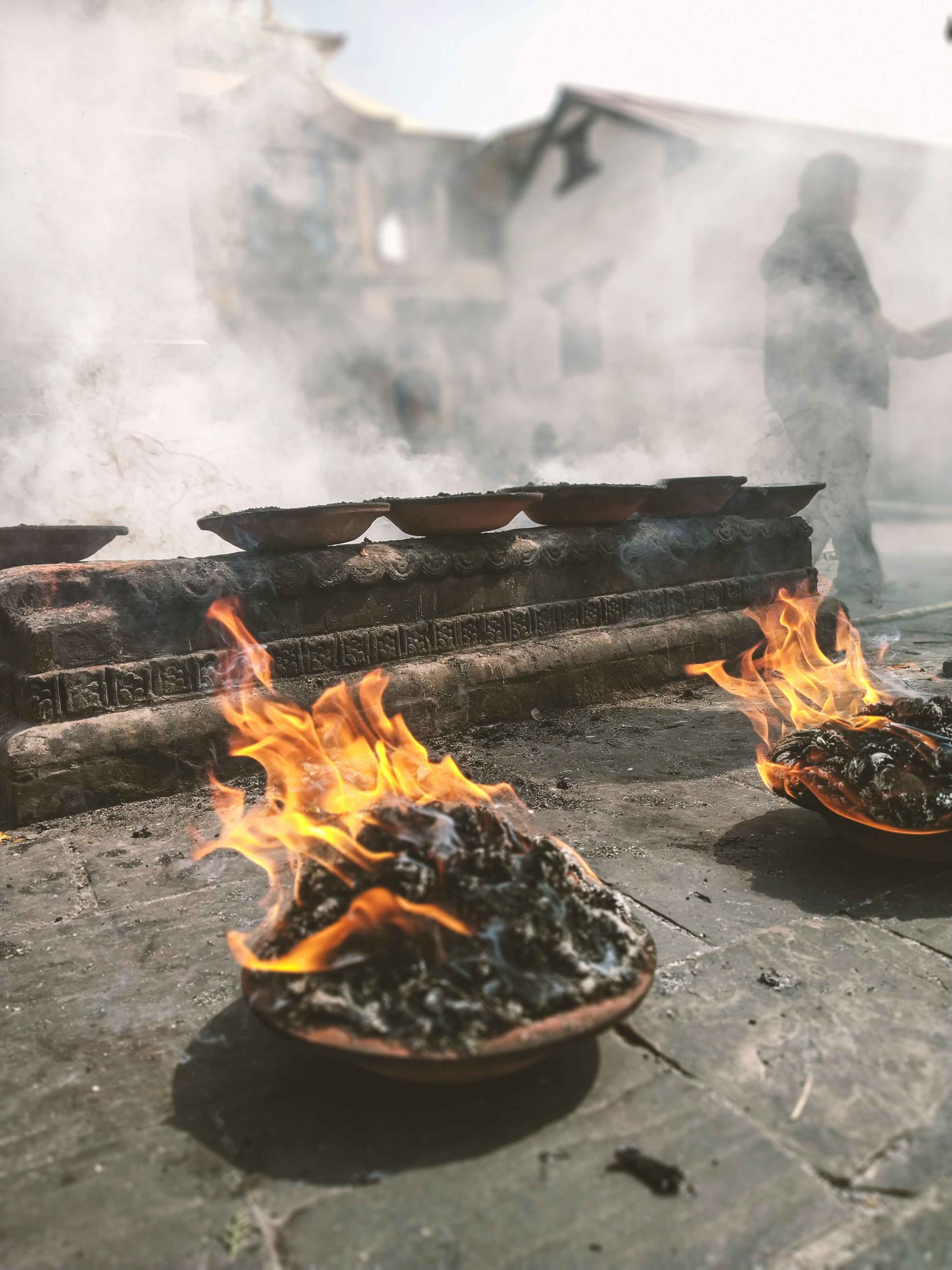Share this Article
Nestled in the heart of the Himalayas, Nepal is a country known for its breathtaking landscapes and challenging terrain. Among the many marvels of traditional Nepali engineering are the wooden and bamboo bridges, which have played a crucial role in connecting remote communities for centuries. These bridges, constructed from locally sourced materials, continue to be a part of Nepal's infrastructure, reflecting the country's rich cultural heritage and resourcefulness.
Historical Significance and Construction
In the past, before the advent of modern construction materials and techniques, wooden and bamboo bridges were the lifelines of rural Nepal. Crafted from timber and bamboo harvested from local forests, these bridges were often built by villagers using age-old techniques passed down through generations. The construction process was a communal effort, symbolizing unity and cooperation within the community.
- Materials: Wood from sturdy trees such as sal and pine was commonly used for the main planks, while bamboo, known for its flexibility and resilience, was used for railings and supporting structures.
- Design: The bridges varied in design based on the span of the river or gorge they crossed. Some were simple log bridges, while others were more intricate, featuring wooden planks supported by bamboo frames and ropes made from natural fibers.
- Durability: Despite their simplicity, these bridges were built to withstand the harsh weather conditions of Nepal, including monsoons and heavy snowfall. However, regular maintenance was necessary to ensure their safety and functionality.
Role in Modern Infrastructure
While many of these traditional bridges have been replaced by modern steel and concrete structures, wooden and bamboo bridges still hold an essential place in Nepal’s infrastructure, especially in remote and mountainous regions where building modern bridges is challenging and expensive.
- Accessibility: In areas where road access is limited or non-existent, wooden and bamboo bridges continue to provide vital connectivity. They allow villagers to access markets, schools, and healthcare facilities, thereby supporting local economies and improving quality of life.
- Cultural Heritage: These bridges are not just functional structures but also cultural landmarks. Many are located near religious sites and are integral to local traditions and festivals. They stand as a testament to the ingenuity and resilience of the communities that built them.

Safety and Challenges
Despite their continued use, wooden and bamboo bridges pose certain challenges. Their susceptibility to wear and tear due to weather and natural disasters like floods and landslides means that they require regular maintenance.
- Safety Concerns: Without proper upkeep, these bridges can become hazardous. Slippery surfaces during the rainy season and weakened structures can lead to accidents. Communities rely on collective effort and support from local governments and NGOs to maintain these bridges.
- Modernization Efforts: There have been efforts to reinforce traditional bridges with modern materials, such as steel cables and concrete supports, to improve their safety and longevity while preserving their traditional aesthetic.
Preservation and Tourism
Recognizing their historical and cultural value, there are initiatives to preserve some of these bridges as heritage sites. They attract tourists who seek to experience the traditional way of life in Nepal’s rural areas.
- Adventure Tourism: Similar to how ziplining and suspension bridges have become popular adventure activities, walking across a traditional wooden or bamboo bridge offers a unique experience. The thrill of crossing a swaying bridge over a roaring river below provides an adrenaline rush for many.
- Eco-tourism: These bridges are often part of trekking routes and eco-tourism initiatives that promote sustainable tourism. They offer visitors a glimpse into the traditional methods of transportation and the rural lifestyle of Nepal.
Conclusion
Wooden and bamboo bridges are more than just a means of crossing rivers; they are symbols of Nepal’s cultural heritage, resilience, and connection to nature. While modernization brings new infrastructure, the continued use and preservation of these traditional bridges highlight their enduring significance. As Nepal moves forward, these timeless connectors remain a cherished part of the country’s landscape, bridging the gap between the past and the present.
Categories:
History & Heritage
Tags:
Heritage







